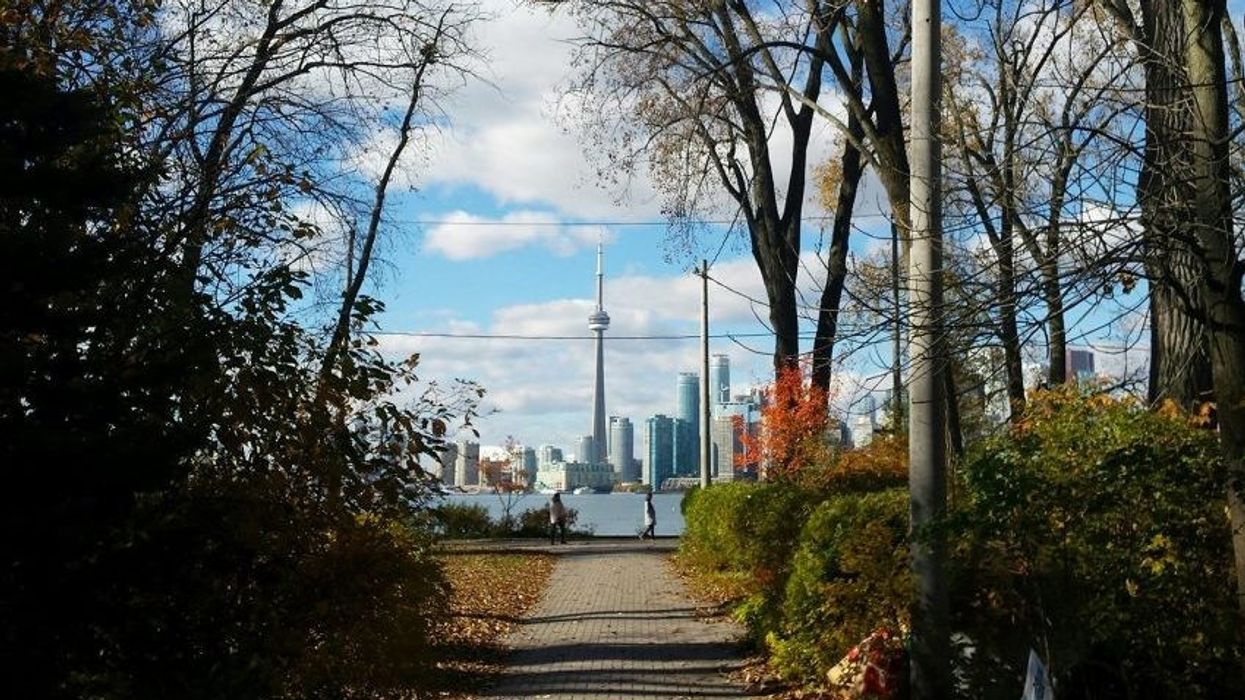Stepping toward summertime feelings on Wednesday, the City of Toronto launched the beginning of the Toronto Island Park Master Plan's public engagement process.
The process will inform the Master Plan for the park, shaping the future of the waterfront destination.
Councillor Joe Cressy (Spadina-Fort York), Councillor Mike Layton (University-Rosedale), Councillor Cathie Jamieson of the Mississaugas of the Credit First Nation and Janie Romoff, General Manager of Parks, Forestry and Recreation were in attendance for the announcement, which was shared via virtual ceremony.
“The Island means something different to everyone," said Councillor Mike Layton. "In this phase of the engagement process, we’re reflecting on the unique role the island plays in the lives of Torontonians – before we collectively reimagine its future.”
READ: More Changes Coming to Former Mr. Christie’s Cookie Site in Humber Bay
Wednesday's event included a Mississauga Elder's invocation and blessing, and remarks from Indigenous leaders and the City of Toronto, alongside an overview of the Toronto Island Park Master Plan.
In essence, the Master Plan will be a long-term planning framework that will guide decision-making for, and future investment in, the park. The City will work with Indigenous rights holders, urban Indigenous communities, Island residents, waterfront communities and businesses, and park visitors over the next year and a half to develop a plan "that will secure Toronto Island Park as a cherished gathering place for generations to come," officials say.
What's more, the Master Plan will help to ensure that Toronto Island Park better serves the public, as it will inform improvements to the visitor experience, promote equitable access, prioritize place-keeping, and celebrate and protect the Island's natural and cultural heritage.
"For many generations the Mississaugas of the Credit First Nation have held the lands of Toronto Island in high regard as a sacred place. Our ancestors named this place “Mnisiing” which means “on the Island,” said Chief R. Stacey Laforme, Mississaugas of the Credit First Nation. "As the City seeks a renewed vision for the Island, I hope that its citizens will join with my people in revering this sacred place in our treaty lands and territory for the next seven generations."
Where the public engagement process is concerned, three phases are planned. The first, which begins now and extends to the end of April, explores a vision for the future of the park.
Fittingly, this stage is titled "Towards a Vision."
Through this initial phase, with respect to COVID restrictions, the public is invited so share their thoughts, ideas, and feedback online here.
Officials say two more phases of public engagement will follow "Towards a Vision," and the Master Plan is projected to be complete next summer.
"The Island has long held importance in the history of Toronto, first to the Mississaugas of the Credit as a place for ceremonial gathering and healing," said Mayor John Tory.
The group of islands sheltering the Toronto harbour has been known by several names. For the Michi Saagiig (Mississaugas), it was known as Mnisiing; later, they were collectively known as Aiionwatha or Hiawatha’s Island. Now, they are known as Toronto Island Park.
"The Toronto Island has become a must-see destination in Toronto where people are able to enjoy a variety of activities including: the beaches, amusement park, marinas, clubs, nature trails, cultural places and events," Tory said.
"I hope you’ll join me in celebrating Toronto Island Park’s unique history and share your feedback on what the future of the park could look like for generations to come."
More information about the Toronto Island Park Master Plan is available online here.





















